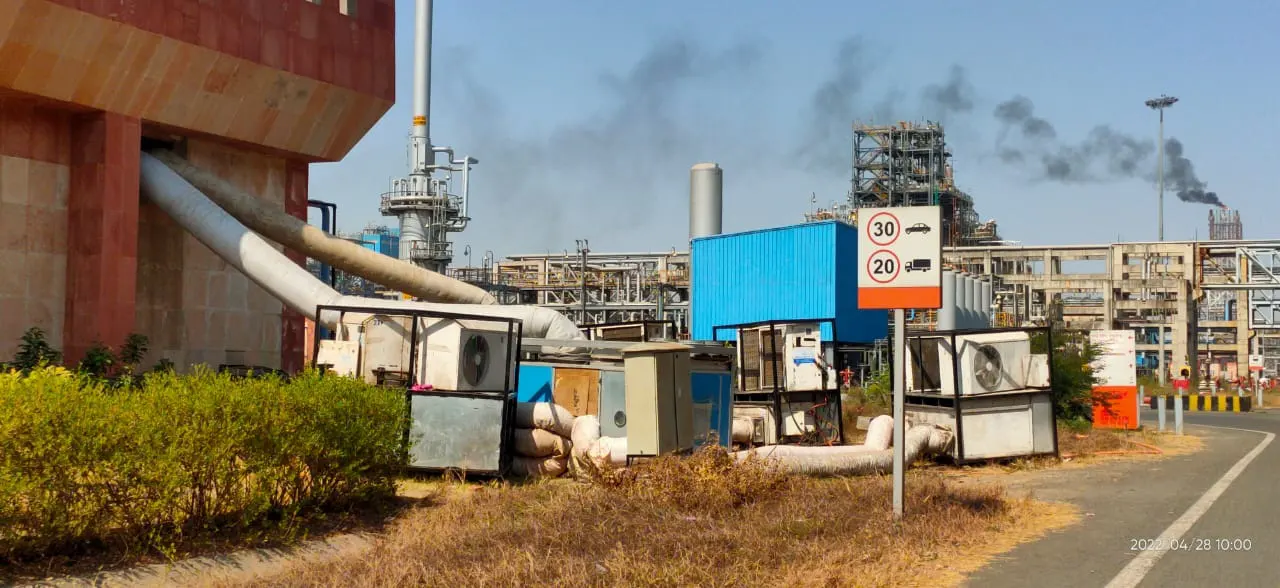Hurricane is a 6-cylinder engine with better efficiency
[ad_1]
A number of automakers have introduced about the very last pair of years that they would be winding down their investment decision into internal combustion motor technological know-how in favor of expending their research and development dollars on electrical propulsion. It is a pattern that is as wide as it is deep, with Mercedes-Benz mum or dad organization Daimler committing to it as early as 2019, and firms like Hyundai, Typical Motors, and Nissan adhering to fit. As emissions laws become far more stringent all more than the earth, and consumers more and more changeover towards an electric powered upcoming, it would make sense that most gasoline-driven engines would slowly and gradually trod toward their demise.
Then there is Stellantis. On March 25, Stellantis introduced a brand new twin-turbocharged inline-six motor, dubbed Hurricane, as a contemporary interior combustion engine style and design to market a merchandise-line-wide concentrate on efficiency. The organization, which is created up of 16 world wide automotive models, hopes to implement the new motor as a quit-gap to minimize its dependence on big-displacement inefficient Hemi V8 engines for its Dodge, Ram, Jeep, and likely other manufacturers.
When establishing a new inside combustion motor in 2022 might suggest a reticence when it comes to the electrification of its item lines, Stellantis has also said that it is fully commited to a 50-per cent battery electrical motor vehicle income combine by the end of the decade. The new engine is apparently a transfer in direction of earning the other 50 per cent as effective as it can be. The American arm of Stellantis, namely Dodge, Chrysler, Ram Vehicles, and Jeep are all at the moment reliant on massive displacement gasoline-guzzling powertrains. Their prospects will probably want to retain gasoline propulsion, alternatively than make the switch to EV. In limited: Stellantis has to preserve impressive gasoline engines for its prospects, though earning them more productive to meet restrictions.
[Related: Ford added more power to its electric Mustang Mach-E. Here’s how it drives.]
That is exactly where the new Hurricane engine arrives into the photograph. The new 3.-liter twin-turbocharged inline 6-cylinder motor is claimed to produce far better gas economy and decrease emissions than much larger the natural way-aspirated engines, even though generating far more horsepower and torque than substantially of the levels of competition. The engine will be readily available in two states of tune, a 400-horsepower model tuned to enhance gasoline overall economy, and a large-output 500-horsepower spec optimized for general performance and utility. Stellantis promises the Hurricane achieves superior effectiveness than a common in-course V8 motor, while delivering 15-p.c improved gas economy.
“As Stellantis aims to turn out to be the U.S. chief in electrification, with a 50% battery-electric vehicle (BEV) profits mix by 2030, inside combustion engines will participate in a essential position in our portfolio for many years to appear and we owe it to our shoppers and the ecosystem to give the cleanest, most successful propulsion doable,” reported Micky Bly, Stellantis head of propulsion systems, in a press release. “The Hurricane twin-turbo is a no-compromise engine that delivers far better fuel economy and an vital reduction in greenhouse gasses devoid of asking our buyers to give up overall performance.”
The Hurricane 6 is dependent mainly on Stellantis’ World wide Medium Motor 2.-liter four-cylinder, while with two additional cylinders extra on. That 2 liter is presently uncovered in every thing from the Jeep Wrangler to the Maserati Levante Hybrid, and has served the business effectively since 2016. Style attributes like bore, stroke, and cylinder spacing, are frequent throughout the two engines, cutting down machining and elements prices by economies of scale.
[Related: The Rivian R1T breaks the electric-pickup game wide open]
So how does a turbocharged six-cylinder electricity plant make for a extra productive truck? Turbochargers feed compressed air into the combustion chamber to make a extra strong oxygen-prosperous explosion in the engine, successfully producing far more ability from a lesser motor. In the circumstance of the Hurricane motor, rather than making use of a single substantial turbocharger, which normally takes extra motor RPM to spool up, the engineers specified two smaller turbos for far better off-the-line acceleration and far more snappy response to throttle enter. Blended with an extremely-small-friction cylinder plasma coating, high-tension direct gas injection, and a critically strong intake, exhaust, and cost air cooling system, this engine is at the bleeding edge of gasoline-powered propulsion.
Significantly like the 2-liter 4-cylinder edition, this new Hurricane six is constructed from the commence with hybridization in mind. The wildly effective Jeep Wrangler 4xe has proven that plug-in hybrids can be enjoyment and interesting, even in off-street environments. Dodge has constructed its identify as a efficiency brand, providing its “Hellcat” line of exceptionally fast and effective Challengers and Chargers in the past decade. With a large-performance version of the Hurricane, and the quick include-on electric power and torque of a hybrid electric motor, probably the up coming evolution of the Hellcat can reach better than 13 miles for each gallon (sure, you study that proper: a Hellcat does not have good gasoline performance) although currently being even more rapidly than ahead of.
These turbocharged-six engines are the sort of remarkable enhancement that can take place when providers are pressured to move absent from huge V8s in an effort to enhance their total lineup gas overall economy and decrease emissions. Additionally, a 15-p.c increase in fuel financial system these times is a welcome strengthen when gas expenses as substantially as $6 for every gallon.
[ad_2]
Source link




